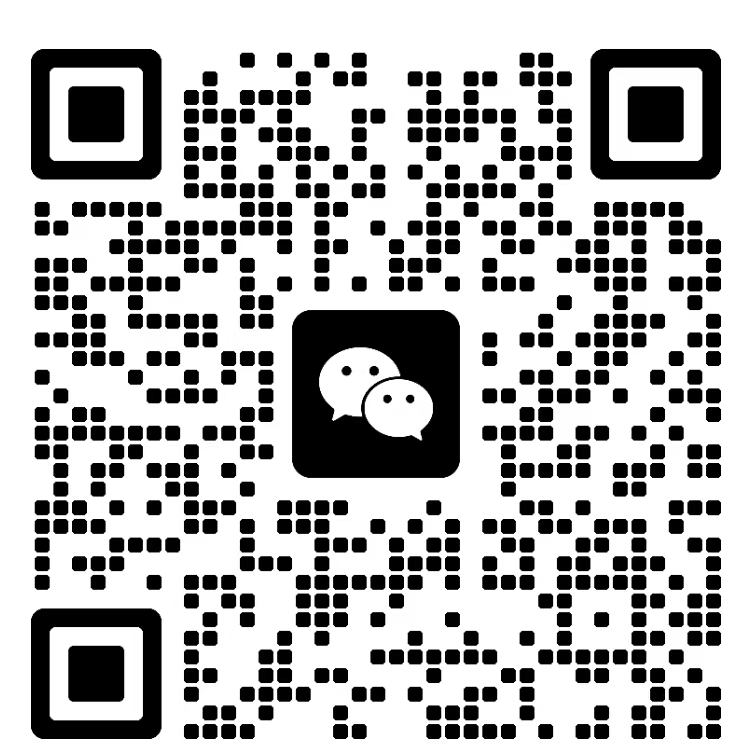- online service
- 008613660894121
- sales@vtonlite.com
-
We chat

Mastering Dynamic Mode Switching for Effect Lighting Fixtures
Dynamic mode switching is a cornerstone of creative lighting design, enabling seamless transitions between patterns, colors, and effects to amplify the energy of live performances. Whether synchronizing with music, choreography, or visual storytelling, understanding how to program and execute fluid mode changes ensures lighting enhances every moment without distracting from it. Here’s a detailed approach to optimizing dynamic transitions for effect lights.
Effect lights typically offer multiple dynamic modes, such as strobing, color chasing, or pattern rotation, controlled via DMX channels or software interfaces. Each mode operates on predefined parameters like speed, direction, and intensity. Begin by exploring the fixture’s manual to identify available modes and their corresponding channel assignments.
Most systems allow simultaneous activation of complementary modes—for example, combining color cycling with a gentle pulse effect. Experiment with layering modes during initial programming to discover unique combinations. Use a lighting console or controller to isolate individual parameters, adjusting them incrementally to observe how changes impact the overall effect.
Abrupt mode shifts can disrupt the flow of a performance. To create polished transitions, leverage fade times or crossfade functions in your control software. For instance, when switching from a slow color fade to a rapid strobe, program a 1–2 second overlap where both effects blend briefly before resolving into the new mode.
Incorporate trigger-based switching for rhythmic precision. Many consoles support MIDI or audio input, allowing mode changes to sync with beats or cues. Map specific transitions to pre-determined triggers, such as a snare hit initiating a strobe burst or a sustained note maintaining a color hold. Test these links during rehearsals to ensure timing aligns with performers’ movements.
The effectiveness of dynamic modes depends on their alignment with the performance’s mood and pacing. For high-energy segments, prioritize modes with rapid speed adjustments and high-contrast colors, like alternating between bright magenta and cyan strobes. In contrast, slower transitions with warm hues (e.g., amber to gold) suit introspective or emotional scenes.
Adjust the spatial distribution of effects to match venue size. In large arenas, wider beam angles and faster rotations create a sense of scale, while smaller theaters benefit from tighter, more focused patterns. Use the fixture’s zoom or iris controls to refine coverage, ensuring dynamic modes remain visible without overwhelming the stage.
If modes fail to trigger or respond erratically, verify channel assignments in the console. Double-check that DMX addresses match between the fixture and control software, as mismatches often cause communication failures. Update firmware for both the lighting fixture and controller to resolve compatibility bugs affecting mode switching.
Inconsistent transition timing may stem from latency in the control system. Reduce the number of simultaneous commands or simplify complex cue stacks to streamline processing. If using wireless DMX, ensure signal strength is stable—interference can delay mode changes or cause flickering. For persistent issues, isolate the fixture and test it with a direct DMX connection to rule out network problems.
By refining dynamic mode switching through careful programming and contextual adjustments, lighting designers can elevate performances with visually engaging, emotionally resonant effects. Continuously refine transitions based on audience feedback and performer input to maintain relevance across diverse production styles.
Contact: Wing
Phone: 13660894121
E-mail: sales@vtonlite.com
Whatsapp:008613660894121
Add: NO.3 Huahui Road, Huashan Town, Huadu District, Guangzhou City,China
We chat
